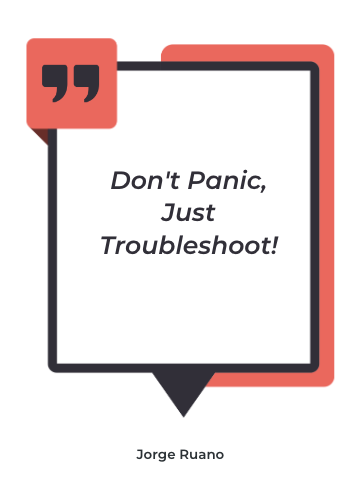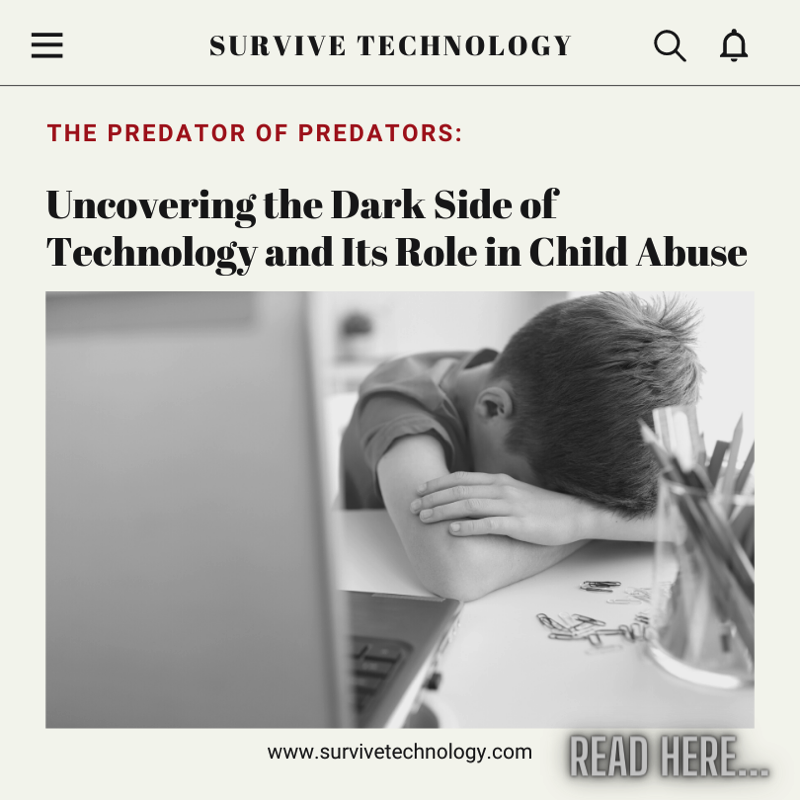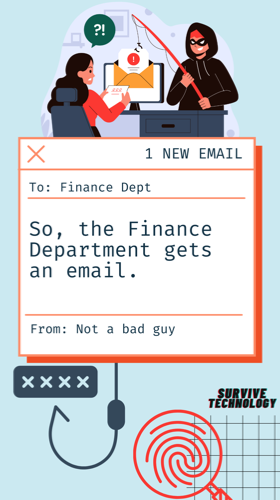


Investment 47,919
Non-Payment/Non-Delivery 49,572
Personal Data Breach 64,882
Extortion 86,415
Phishing 193,407
During my time as a security analyst, most of my responsibilities involved inspecting emails. Approximately 60 percent of the emails I dealt with were unsolicited; of this unsolicited batch, roughly 25 percent were identified as phishing attempts.
Here's a quick guide on how to examine emails:
Check the email address: Look at the "From" field to check the sender's email address.
Most legitimate emails are usually sent from a corporate email address, be wary if it's a generic email provider like Gmail or Yahoo.
Verify the domain: Scammers sometimes use domains that look like the real ones. Triple-check the domain name to ensure it matches the company's actual domain. For example, they sometimes use a 0 instead of an O to throw you off. (GOOGLE/G00GLE) Another current domain they are using is Microsoft, they us rn to make it look like an m. (microsoft/rnicrosoft)
Grammar and spelling can be a clue: Phishing emails often contain errors. An email from a legitimate organization should be well-written.
Hover over links: If the email contains links, hover over them without clicking. Doing this will show you the actual URL of where it's going. If it doesn't match the text of the link or the company's website, it's likely a scam.
Urgent requests are a significant indicator: Scammers often try to create a sense of urgency to trick you into acting without thinking. Be suspicious of any email stating that urgent action is required.
Avoid Attachment: If the email contains an attachment, don't open it immediately. Scammers can disguise their attacks within files such as PDFs, Word documents, Excel sheets, images, and other files. You must examine the email thoroughly before opening the attachment.
If you're still unsure, contact the company directly using contact details from their official website, not the details in the suspicious email.
Reference: https://www.ic3.gov/AnnualReport/Reports/2024_IC3Report.pdf

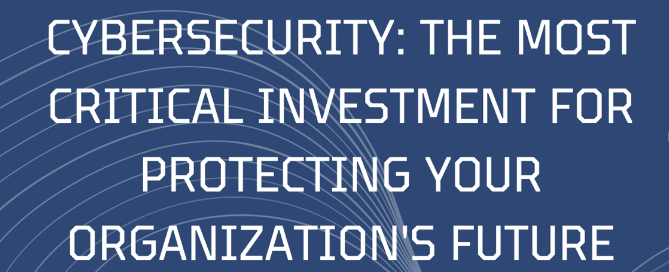

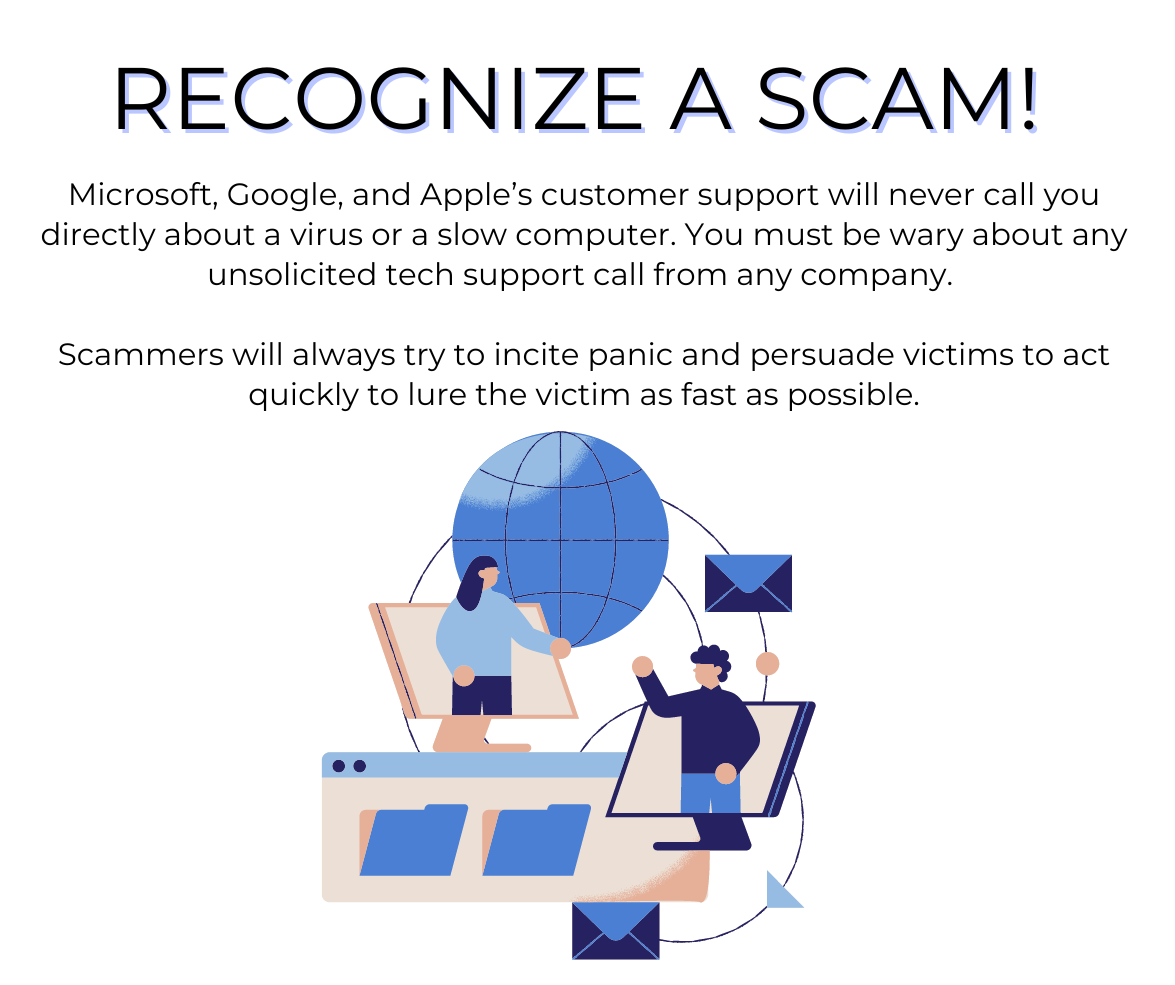

These Aren't The Droid (Apps) You're Looking For!
Android users need to be vigilant about potential security flaws, such as the risk of downloading harmful apps from the Play Store or other websites. Despite Google's efforts to remove malicious apps, some may escape detection. With Android being the primary operating system for a third of the US population and over 2.5 million apps available, the risk of inadvertently downloading a harmful app is real. This article provides guidance on identifying harmful Android apps before downloading and suggests an effective approach for app evaluation. Read Blog Post here…
Rising Epidemic: Elderly Fraud Soars in America, Targeting Vulnerable Seniors - Part 1
Seniors are prime targets for fraud and financial abuse. Find out how to protect your loved ones from scams, what warning signs to look out for, and the recent epidemic of fraudulent activities targeting elderly Americans. Read blog post here..
The Predator of Predators: Uncovering the Dark Side of Technology and Its Role in Child Abuse
I am honored to be acquainted with the Predator of Predators, who has single-handedly assisted in bringing over 500 predators to justice since 2008. In this post I share with you Dark Side of Technology and Its Role in Child Abuse. With the popularity of social media, online gaming, and streaming services, children are exposed to a wide range of potential risks and threats. Read blog post here…
So, the finance department gets an email.
Phishing emails are a serious threat to individuals and businesses alike. These emails are designed to trick recipients into giving up sensitive information, such as passwords or financial data. To protect yourself from phishing attacks, it's important to be aware of the signs of a phishing email and to always verify the sender's identity before responding to any requests for information. Read blog post here…
Stay safe and secure: Protect yourself from the biggest tech breaches – Part 1 Passwords

When it comes to security, some aspects are out of the customer's hands and in the hands of the company. We have reached the age where we can no longer set it and forget it. It is essential to check if your accounts have been exposed to a data breach because someone else may have access to your personal information and accounts. Breached account information could lead to identity theft and other problems. Verifying if your password has been compromised is essential to protect your accounts and data. One of my favorite websites to check for account breaches is Have I Been Pwned. Have I been pwned is a website Troy Hunt developed that enables users to determine whether their personal information has been hacked or "pwned" in a data breach. Users can use this website to search with their email addresses to see if their data has been made public due to a data breach. It collects information from all publicly released data breaches. My rule is to change the password if I see any of my accounts with a data breach.
Google and Apple offer password-management solutions that help users store, manage, and protect their passwords. Google's Password Manager, available to users of its Chrome browser, can generate strong passwords, store them securely, and autofill them when needed. Apple's iCloud Keychain stores credit card numbers and website logins and can automatically fill them in on websites and apps. Both solutions help make creating and storing strong, unique passwords for each account easier for users. I don't want to leave you paranoid, but even trusting these solutions can be troublesome.
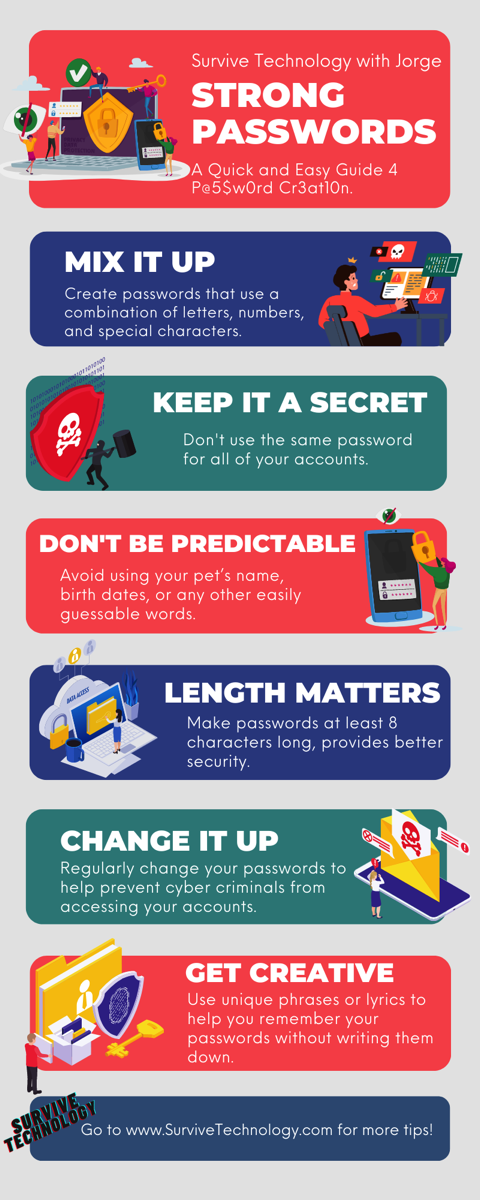
Staying Up-To-Date on the Latest Security Threats and Vulnerabilities
